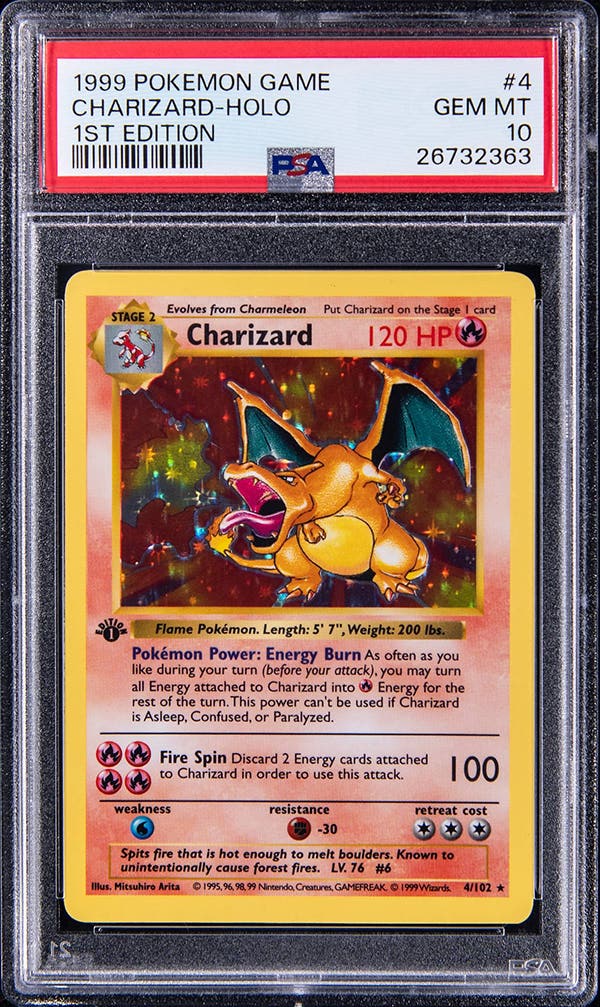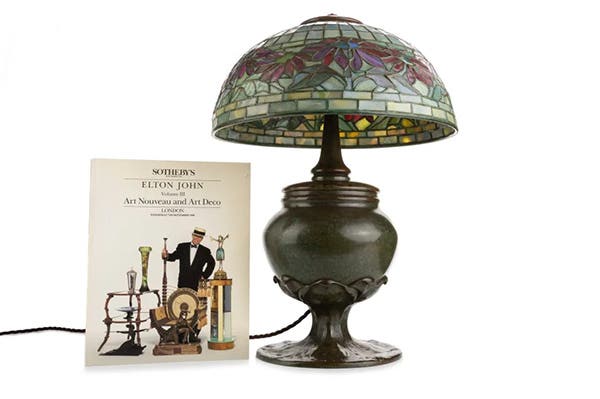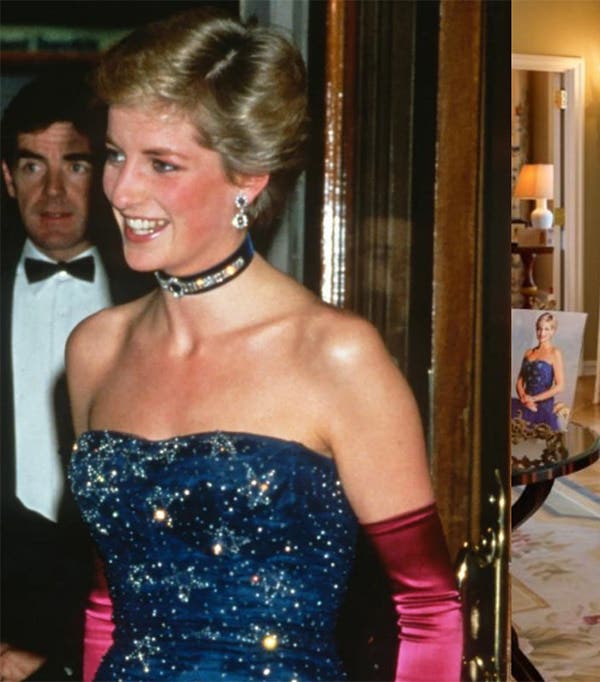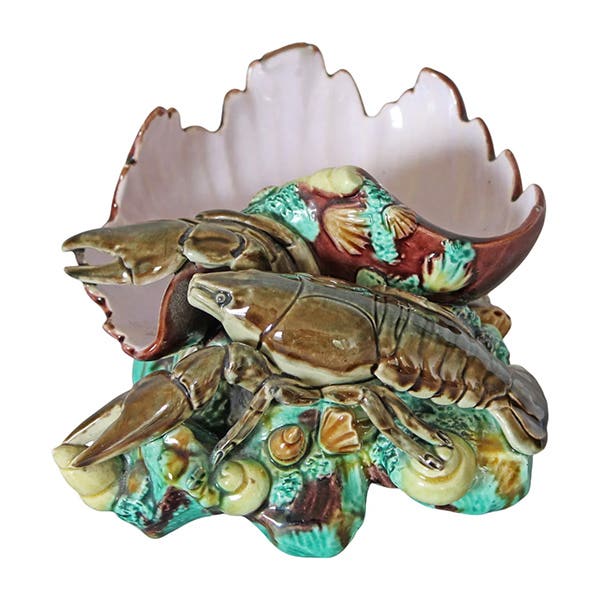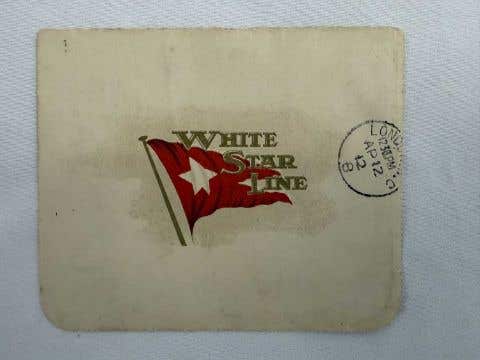Vintage Dresses in Full Bloom
Floral prints are a spring fashion trend for 2021, but these dresses prove that flowers have been celebrated through history.
Flowers signify new beginnings, so it’s come to be expected that some sort of florals will be a spring fashion trend each year, whether in classically romantic designs or punchier prints. For 2021, everything from fantasy florals to tropical flowers is touted as being trendy by fashion magazines including Marie Claire and Vogue.
Floral prints have in fact been en vogue through history. From delicate bouquets to bold blossoms, here are 15 dresses that give big spring energy and celebrate the timeless appeal and fashion inspiration of flowers.
Fly fringe and bouquets, 1775
This robe à la française, circa 1775 and likely from the Netherlands, features elaborate passementerie and the 18th-century trend of silk fly fringe and braids with three-dimensional texture, intermingling with delicate little bouquets of flowers. It would have taken hours upon hours of hand knotting cord into flies of silk to get this design and whoever did it was supremely talented.
Thistles and carnations, mid-18th century
An American-designed child’s dress from the mid-18th century has bright wool embroidered on linen of thistles and carnations and mimosa trees, full of hope and joy, with love and protection woven into each and every stitch.
Blooming embroidery, 1780
The floral embroidery that blooms on this 1780s’ dress is so fine, it looks like it could have been painted. Brush strokes of tiniest satin stitch border the brocade, sprinkling its surface with color.
Bouquets of roses, 1890
Large bouquets of pink and fuchsia roses decorate this circa 1890 silk evening dress by Madeleine Laferriere. Added to the ornamentation is an application of chemical Venice lace and a large iridescent mauve satin ribbon. This sold at auction for $6,700.
Dramatic tulips, 1889
Charles Frederick Worth was constantly interested in supporting the textile industry, as evidenced in this 1889 cape, which is designed to showcase its textile to the extreme. The textile itself has a repeat that is over three feet long, making it stunning but also extremely difficult to weave. The dramatic fabric, "Tulipes Hollandaises," was exhibited at the Exposition Universelle of 1889 in Paris to universal admiration and won a grand prize. The tulips have an aggressive dynamic quality about them with the brilliant, vibrant colors against the deep black background consistent with the seductive femme-fatale sensibility of the 1880s and 1890s.
Delicate Doucet, 1900-03
This elegant afternoon dress by Jacques Doucet, 1900-1903, is an excellent example of his penchant for lingerie-like garments, which is represented by the delicate ruffles and rose printed chiffon. The color combination of blues accented with turquoise is a favorite of the designer. This dress would have been suitable for afternoon events, such as the races and other promenade activities.
Perfect for a gardener, 1925-26
This Paul Poiret dress, 1925-26, is not only more finely pleated than it appears from a distance, but the neckline is embellished with a miniature garden of tiny flower-pots all in a row.
Three-dimensional buds, 1928
Whereas petticoats and inner structures of 18th-century clothing were solid and more or less rigid, the Boué Soeurs dress, despite the resemblance in robe-de-style silhouette, reveals its 20th-century disposition in its lingerie-like revealing lightness - like the merest trellis for an arbor of silk flowers. A penchant for sweet, three-dimensional buds is, of course, shared by the rococo and the Boué Soeurs.
Boldly blooming peonies, 1930s
Peonies and peony leaves in white, purple, greens and reds boldly bloom on a shaded mustard ground of this 1930s silk crepe Japanese kimono from the Shôwa era. It was stencil-dyed (kata-yuzen), painted and embroidered with silk and metallic threads, with applied gold paste (kindei-gaki).
Embroidered garden, 1940s
This 1940s Hattie Carnegie cocktail dress features black silk net with a twining garden of tambour embroidery in vermillion, peach, buttercup yellow, tangerine, celadon, spring green, and silvery blue.
Daisies and poppies, 1953
A circa 1953 cream-silk strapless evening gown by Emilio Schuberth is overlaid with cream daisy appliqués outlined in black faceted and mini bugle beads, with a cerise satin poppy bouquet appliquéd to the front. This sold at auction for $3,000.
Elizabethan flowers, 1956
Trails of embroidered Elizabethian flowers in multi-colors and silver-gilt thread and sequins adorn a Christian Dior cocktail dress from spring 1956.
Taffeta poppies, 1956
Poppies appear again on this taffeta cocktail dress, spring 1956, by Rocco Materay. This sold at auction for $960.
Porcelaine roses, 1958
This silk and cotton Porcelaine evening dress adored with roses was designed by Yves Saint Laurent for Christian Dior’s Trapèze line, spring-summer 1958.
Vivid florals, 1960-65
A sleeveless silk dress by Adele Simpson, 1960-1965, is abloom with vivid florals.




